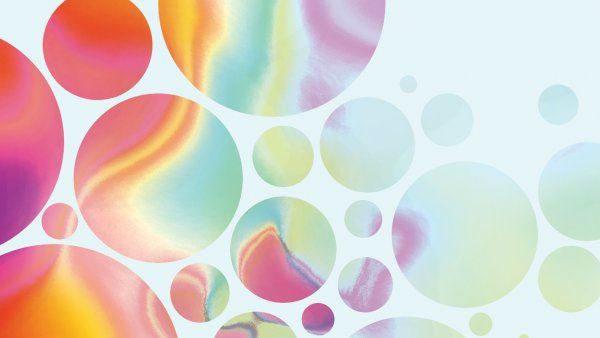The Case of the Recurring Fever
An elderly man had symptoms no one could explain – until Amy Berger, MD, PhD, and her team investigated.
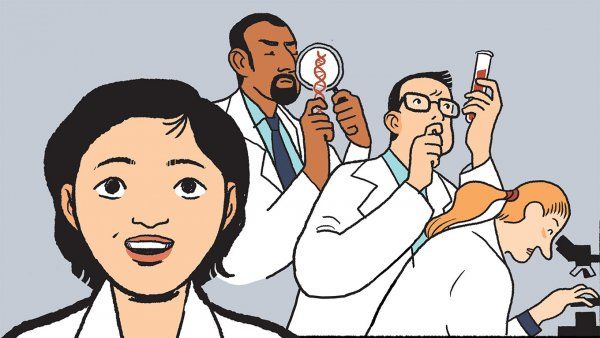
University of California San Francisco
Give to UCSFAn elderly man had symptoms no one could explain – until Amy Berger, MD, PhD, and her team investigated.

Cronutt was one sick sea lion before undergoing a groundbreaking surgery last fall. Today he's seizure-free and doing well.
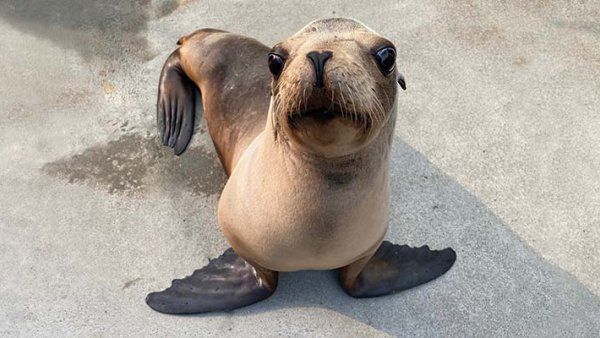
Can dieting help you live longer? Do microbes control your immune system? Can studying snakes help stop the next pandemic? UCSF microbiologist Peter Turnbaugh, PhD, interviews famous scientists and rising stars about research quests that span the spectrum of health.
Leading scientists share some of the tools and strategies that could help us better confront and contain future outbreaks.

Insomnia is miserable, and lost sleep can harm our health. Now, researchers are seeing the promise of solutions in our genes.

Games and supplements claim to strengthen memory and cognition. Should you buy them?
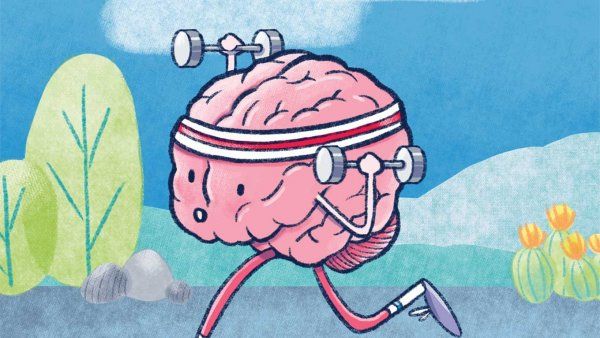
Tissue biologist Sarah Knox has long been fascinated with saliva. Just when she begins to doubt whether her singular passion will lead to real-world impact, an old family friend reaches out to her with a problem only she may be able to solve.
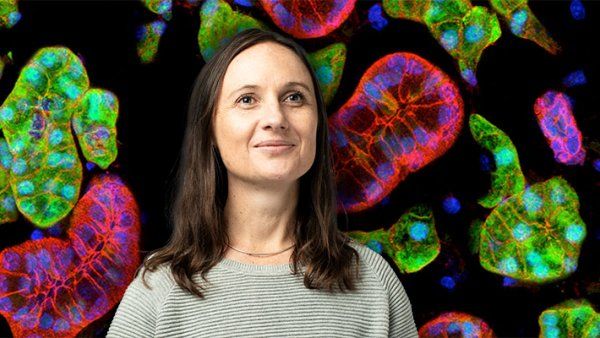
We turned to UCSF scientists to better understand probiotics and the human microbiome they aim to influence.
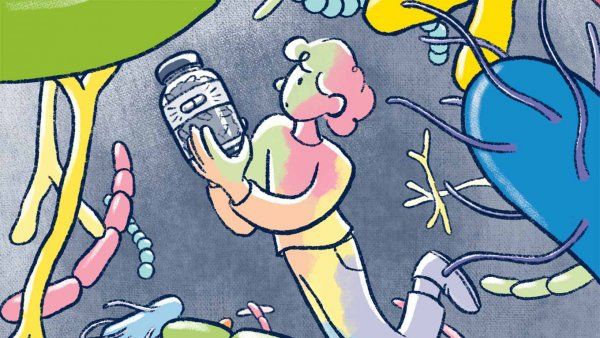
Susan Acton discovered ACE2 while searching for new cardiovascular drugs. Decades later, she was surprised to see it popping up in the news once COVID took hold.
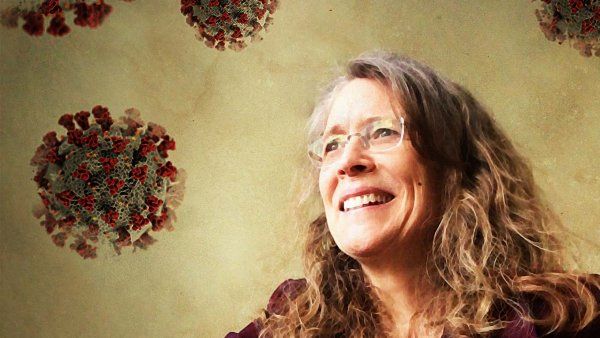
A UCSF team has engineered a tiny antibody capable of neutralizing the coronavirus.
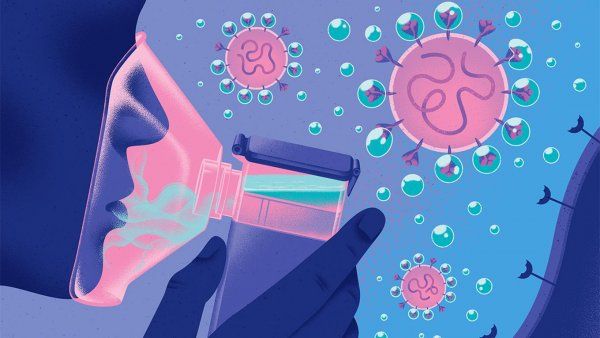
Few would have predicted last January that a pandemic would upend our daily lives. But one grueling year in, UCSF experts have a clearer view of the path ahead.
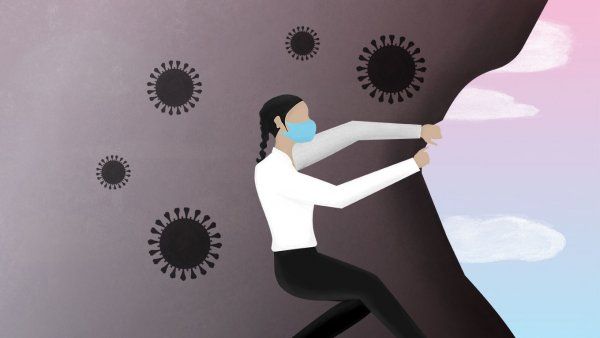
A UCSF pediatrician who is researching methods to control the spread of coronavirus shares why she’s optimistic that schools can reopen safely.
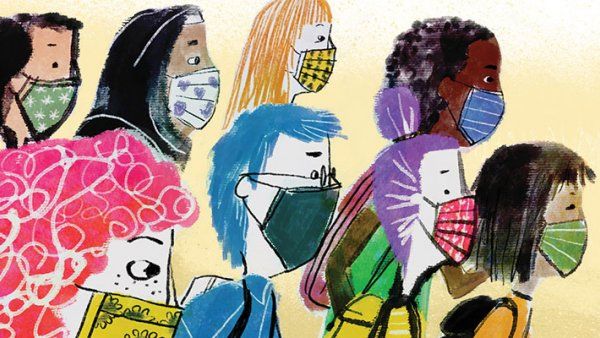
We asked several UCSF experts for a personal take on what will convince them that a vaccine is safe.
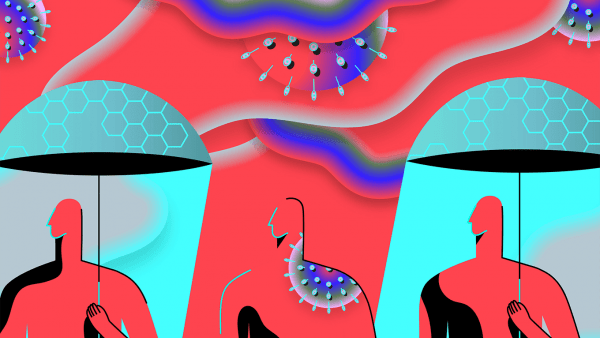
Giant lizards with superpowered hearts. Hairless rodents that don’t seem to age. Songbirds that babble like human babies. These and other scurrying, soaring, and slithering wonders are teaching scientists how our own bodies work – and how to fix them.
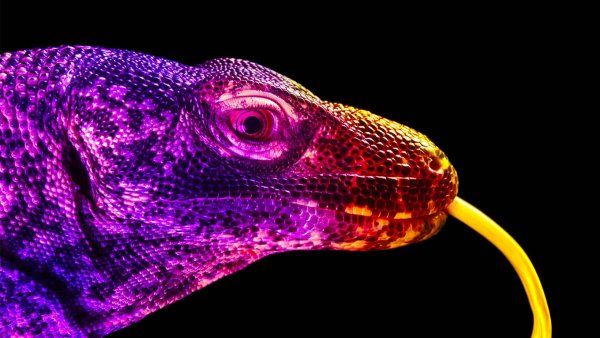
Cardiologist Nisha Parikh, MD, MPH, discusses what we know so far about COVID-19’s impact on the body’s cardiovascular system, from affecting the heart’s rhythm to impairing its ability to pump blood throughout the body.
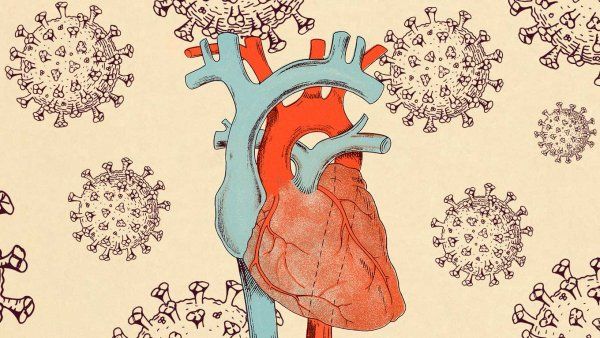
Infectious diseases expert Monica Gandhi, MD, MPH, explores her hypothesis that one of the benefits of masks may be that they provide exposure to enough coronavirus to build immunity but not enough to cause illness.
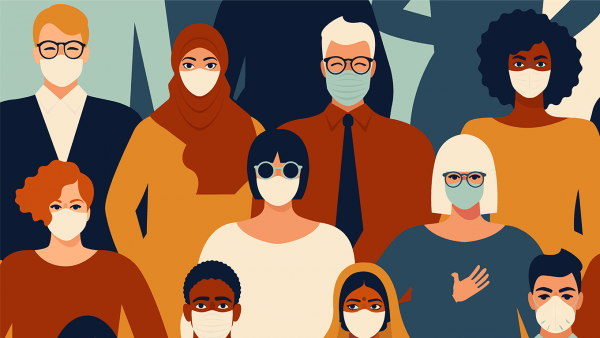
UCSF researchers are taking a closer look at COVID-19’s dizzying array of symptoms to get at the disease’s root causes.
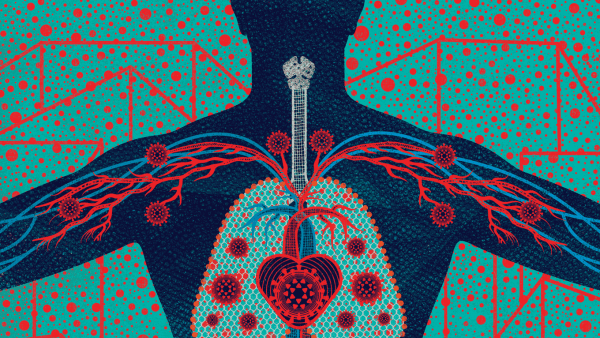
A look at past outbreaks offers guidance on bringing the current one to an end – and on thwarting the next one.
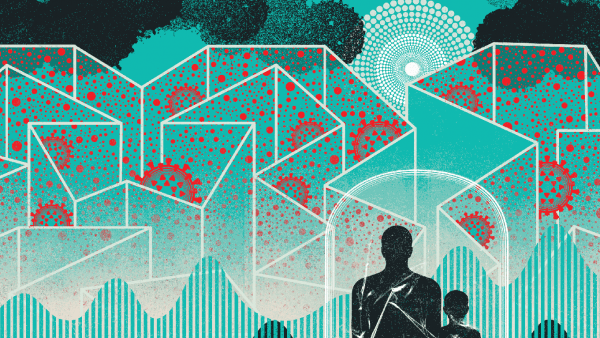
Why are more men than women dying of COVID-19? Scientist Faranak Fattahi, PhD, has found a clue.
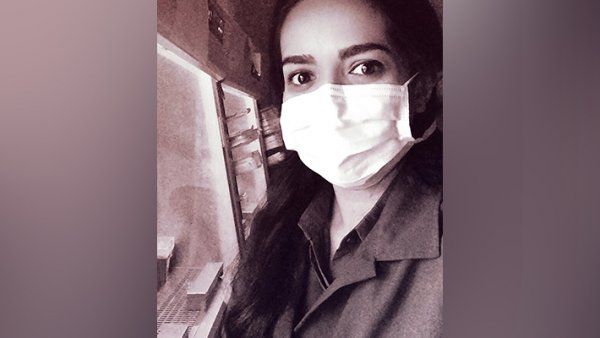
Communities of color have been hit hardest by COVID-19. Meanwhile, hundreds of thousands of people have taken to the streets in an outcry against police brutality. Both issues have roots in the same problem.
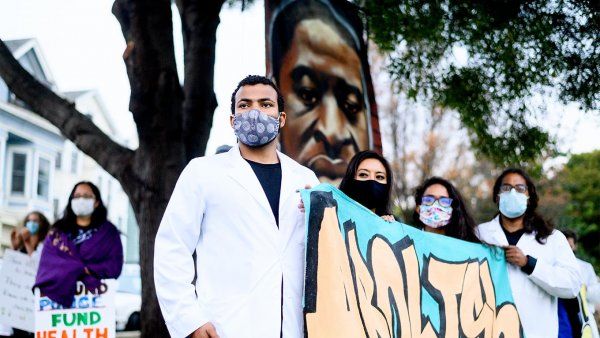
When future historians look back on this moment, they will draw many conclusions from our response to this crisis. Here are five big lessons that UCSF experts already see taking shape.
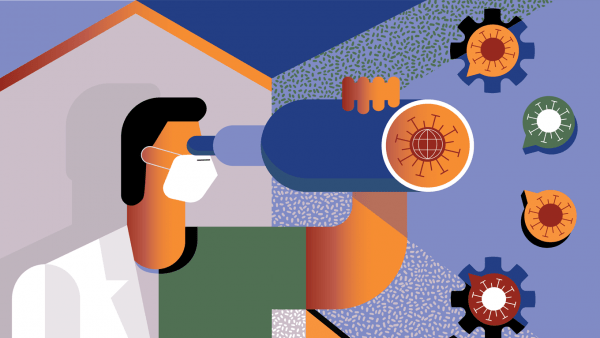
Joel Ernst, MD, addresses key questions about how vaccine development works and why vaccines are especially important in the case of COVID-19.
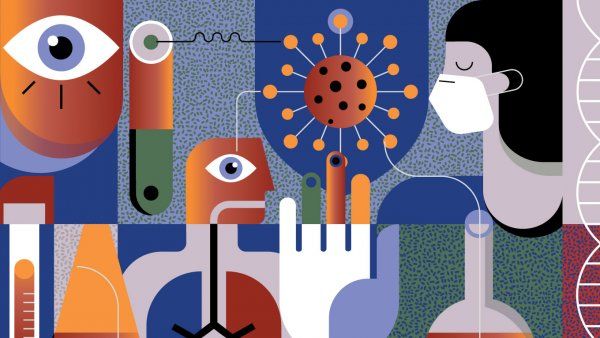
Clinical trial leader Annie Luetkemeyer, MD, tests promising therapies for COVID-19 – and soon a vaccine.
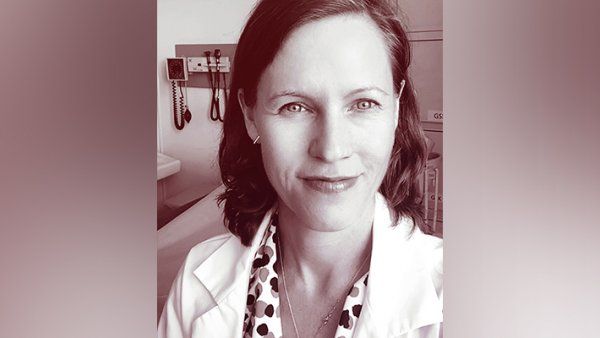
The pandemic has led to a sudden rise in discrimination against people of Asian descent.
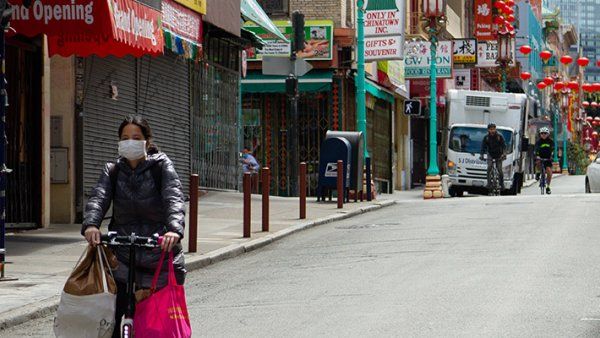
How I learned to use social media to advance the public’s understanding of COVID-19.
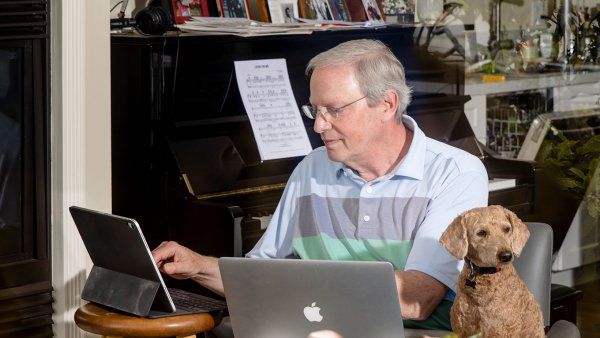
As the United States’ testing regime floundered early in the pandemic, scientists at UCSF and the Chan Zuckerberg Biohub created from scratch a diagnostic lab that became a model for the nation.
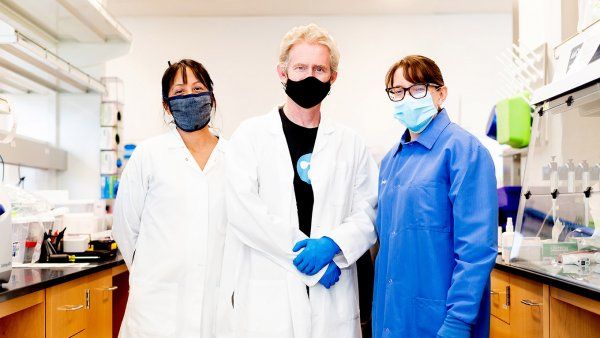
How will the gene-editing tool CRISPR change our relationship with nature? Will it affect human evolution? This documentary explores these questions through interviews with the pioneering scientists who discovered CRISPR, the families whose lives are altered by this new technology, and the bioengineers who are testing it. UCSF alumna Sarah Goodwin, who earned her PhD in cell biology, is the leading science adviser on the film, as well as a producer.
Scientists at UCSF are exploring how we can improve our bodies – now and in the future – with science that sounds like sci-fi.
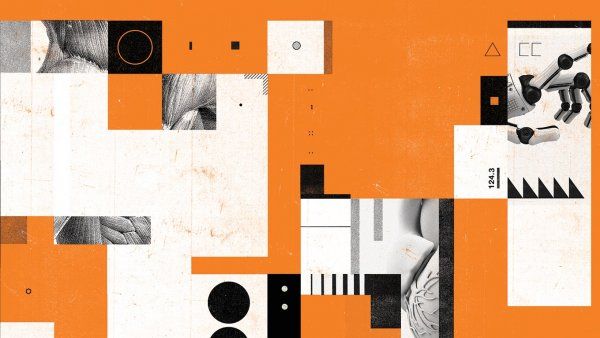
Advances in medicine and public health have dramatically extended the lifespan of hearts, lungs, and other vital organs. But for women, the ovaries remain a stubborn exception. That may soon change, says fertility expert Marcelle Cedars.
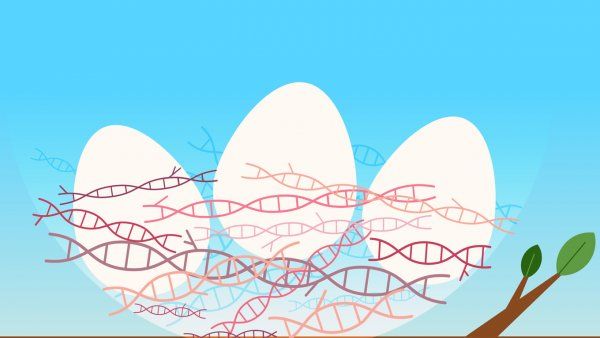
Basic scientist Zena Werb, who has studied cancer cells in UCSF labs for more than four decades, shares her take on the future of cancer medicine.
